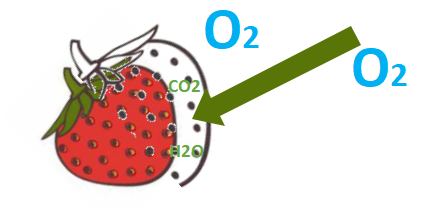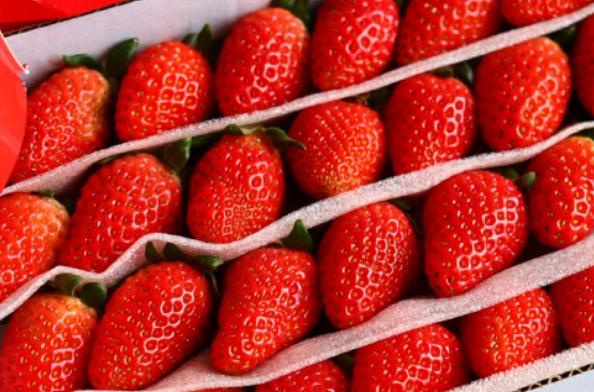Chitosan oligosaccharide treatment has obvious fresh-keeping effect on strawberries. This is mainly because chitosan oligosaccharides can form a protective film on the surface of strawberry fruit, this membrane allows oxygen to pass through, but carbon dioxide and water cannot pass through, so that the carbon dioxide produced by strawberry respiration accumulates in large quantities in the membrane, so that the concentration of carbon dioxide increases, and the concentration of oxygen decreases relatively.

This environment with high carbon dioxide and low oxygen concentration can inhibit the respiration of strawberries, prevent the degradation of respiratory substrates such as soluble sugars, reduce the loss of VC in strawberries, inhibit the transpiration of strawberries, and reduce the decay caused by pathogenic bacteria. These have promoted the extension of the storage period of strawberries and achieved the purpose of preservation.


Different concentrations of chitosan oligosaccharides have different storage and preservation effects on strawberries, the concentration is too high, the film formation is thicker, the oxygen concentration in the fruit is too low, normal life activities cannot be maintained, and the preservation effect is reduced.
The results show that the treatment of strawberry fruits with an aqueous solution with a mass fraction of 1.5% chitosan oligosaccharide has the best preservation effect, which can effectively control the postharvest physiological activity of strawberries, significantly delay their aging, and maintain their good storage quality. The optimal mass fraction of the aqueous chitosan oligosaccharide solution for the treatment of strawberries is 1.5%.
Post time: Feb-08-2023



